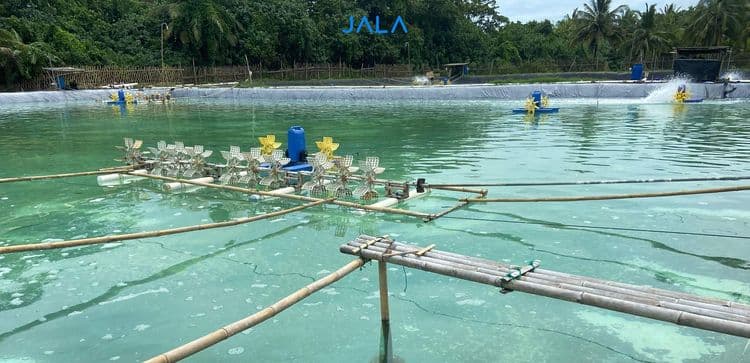
One of the things that shrimp farmers should understand during or before starting cultivation is how to make their pond water brownish green. This is because the color of shrimp pond water is one of the water quality parameters that must be monitored regularly. Unlike other parameters, the color of shrimp pond water can be monitored directly without using any tools.
According to Pramono, et al. (2005) in Dede, et al. (2013), the color of pond water that is good for vannamei shrimp is brownish green, green, or brown. This color indicates that the pond water quality is ideal for shrimp growth.
Contents
Related ArticlesLogin to Read the Full Article
Use your Jala account to read this article. If you don't have an account, please register on Jala App.





